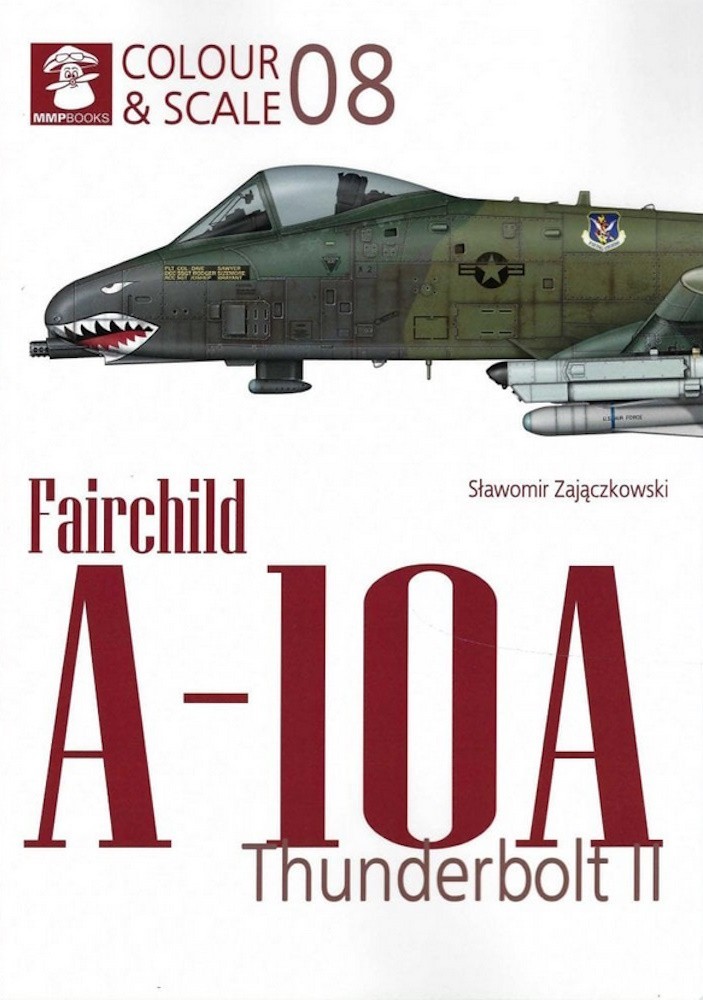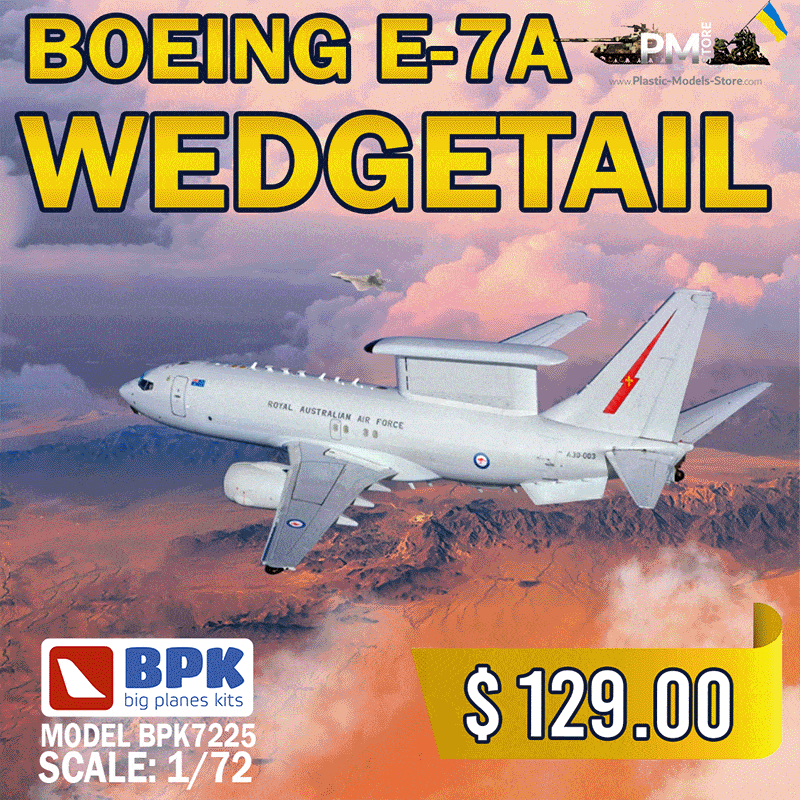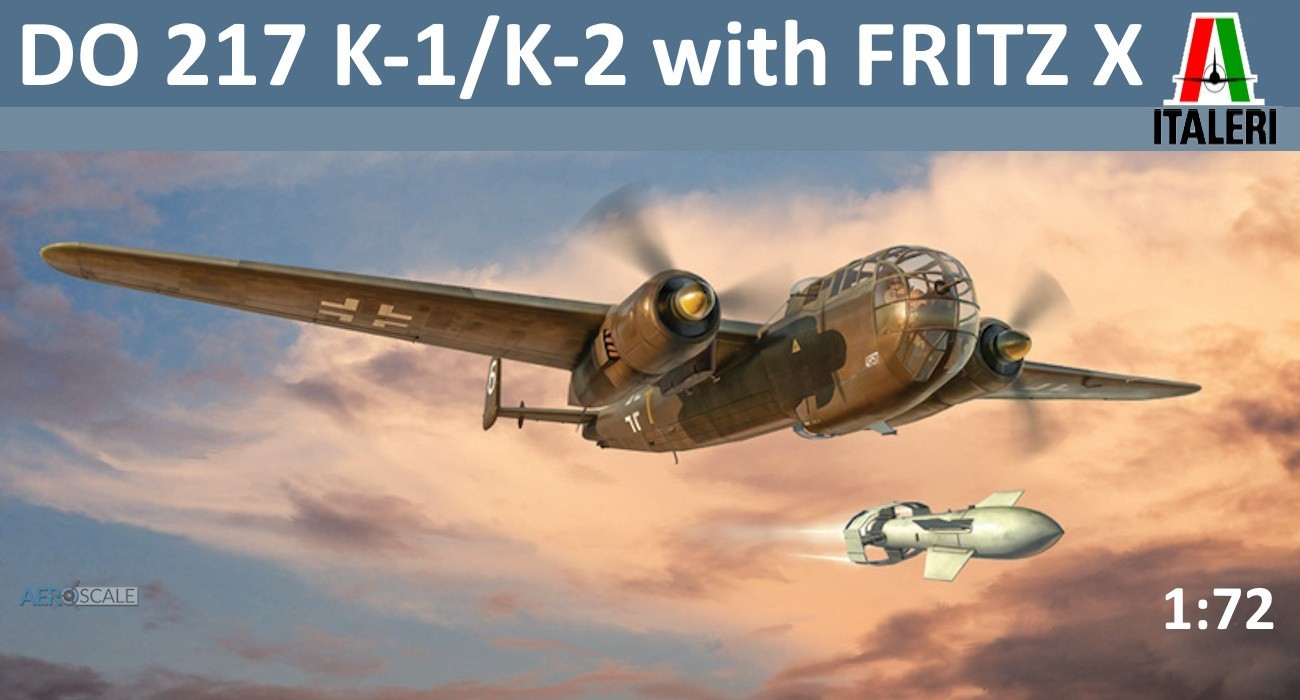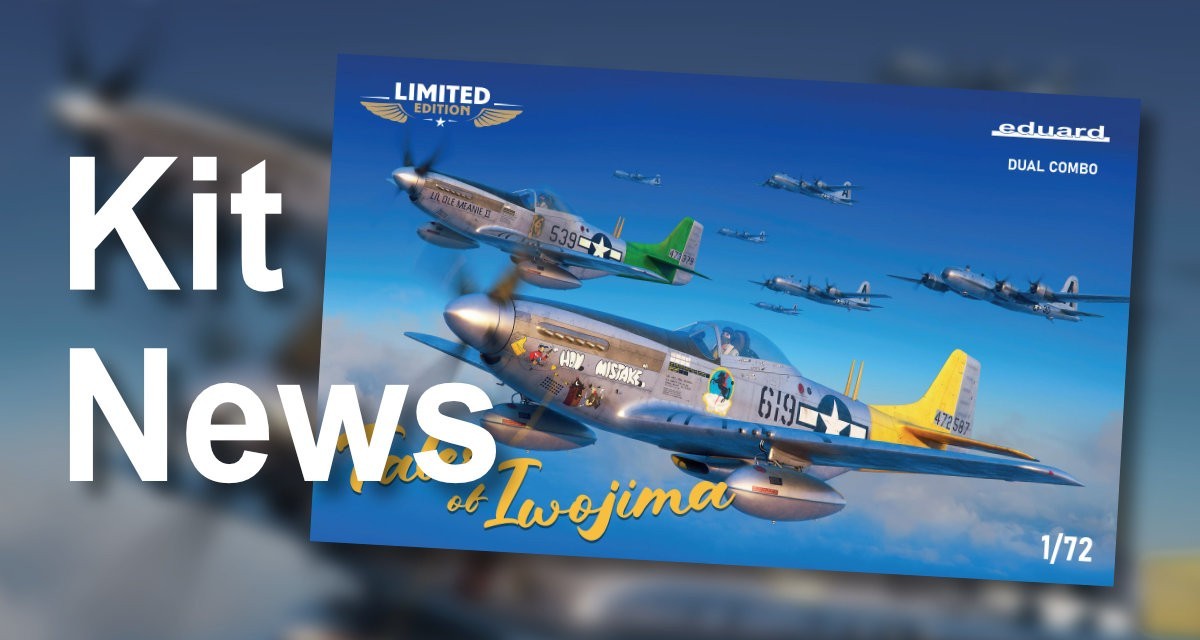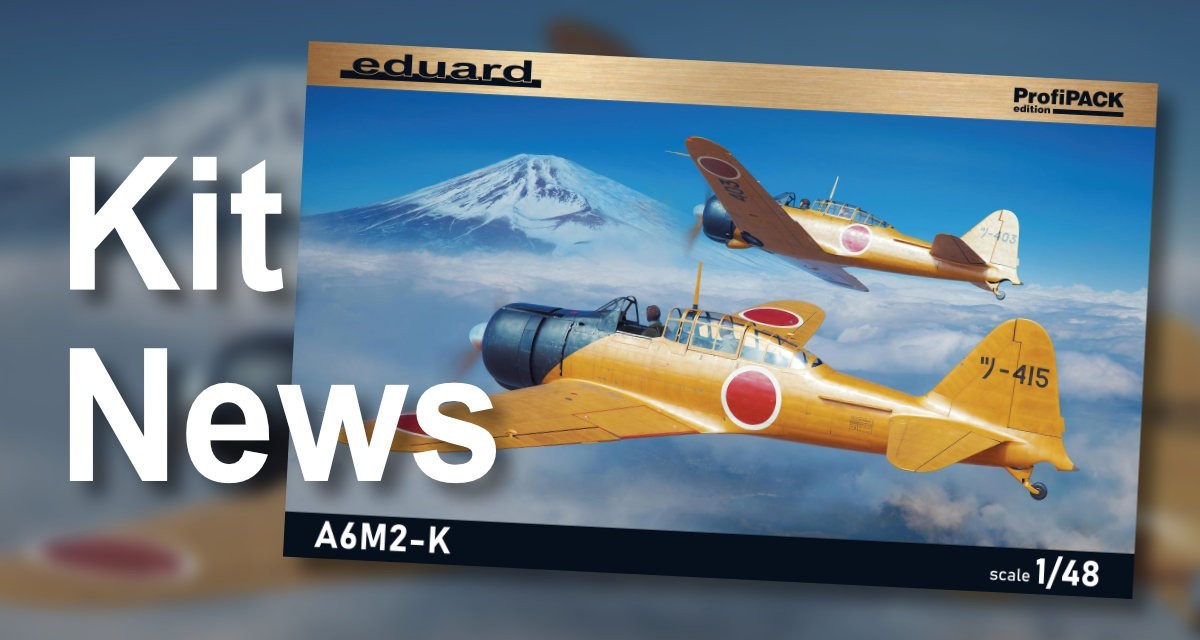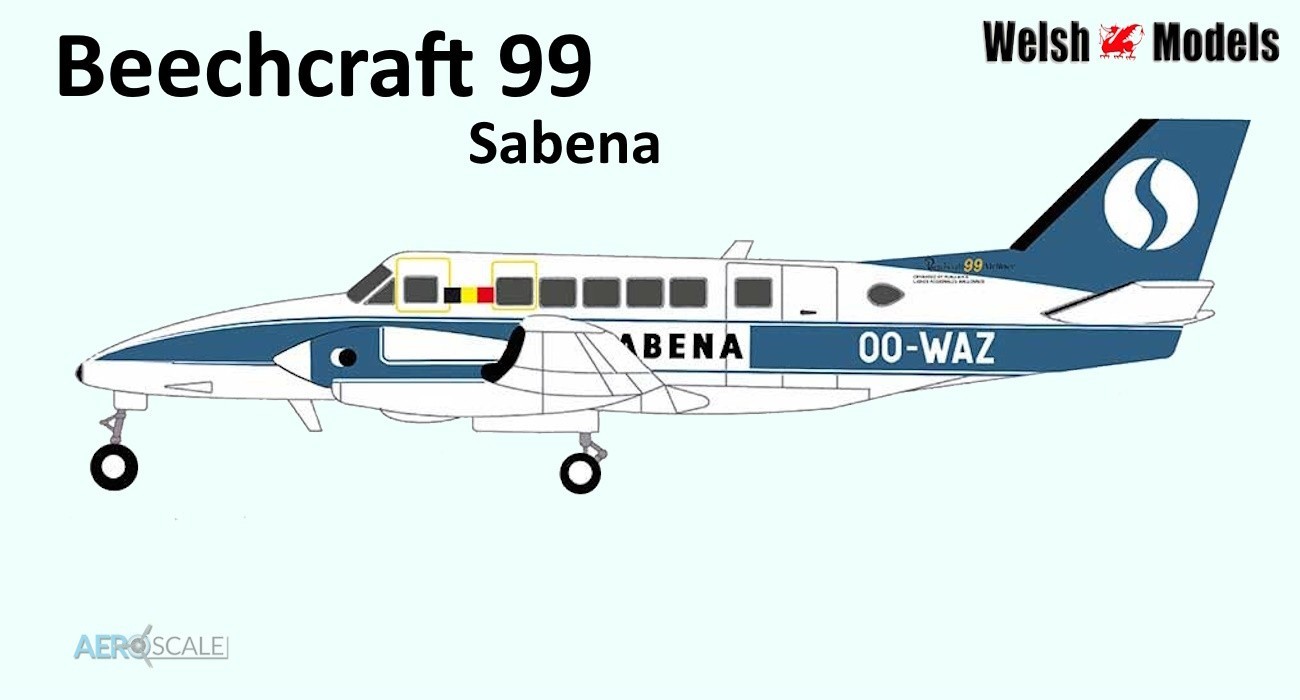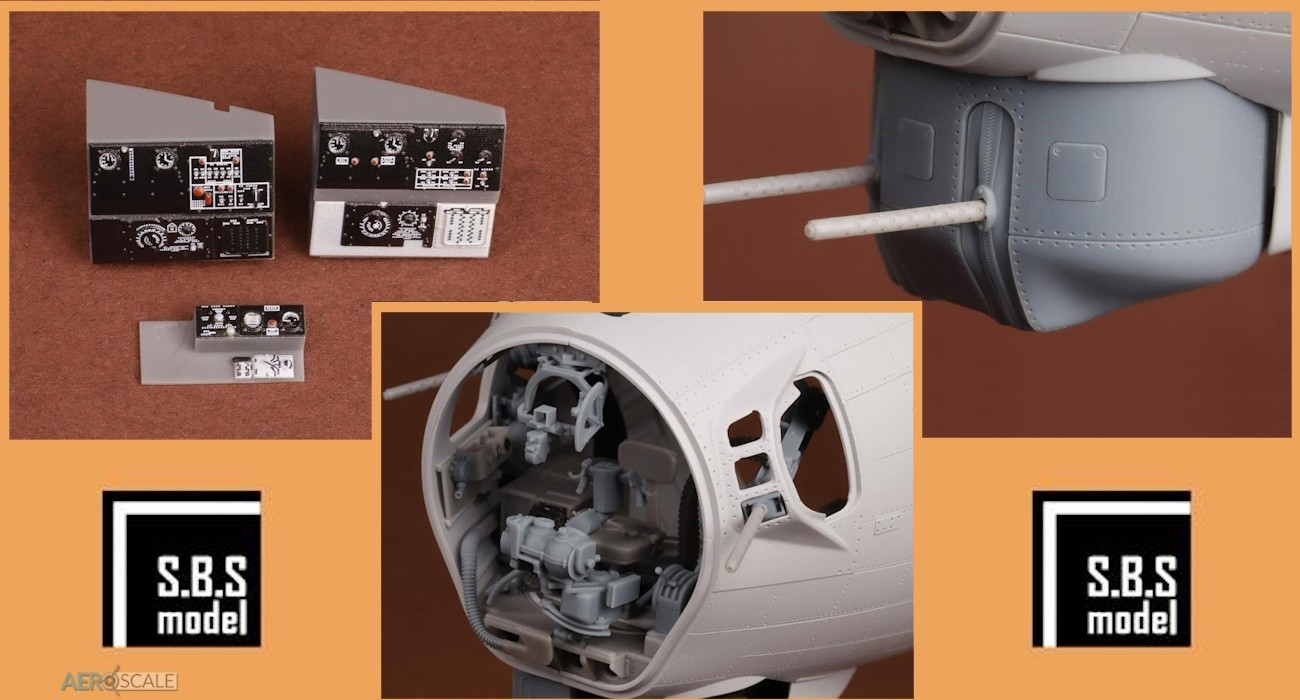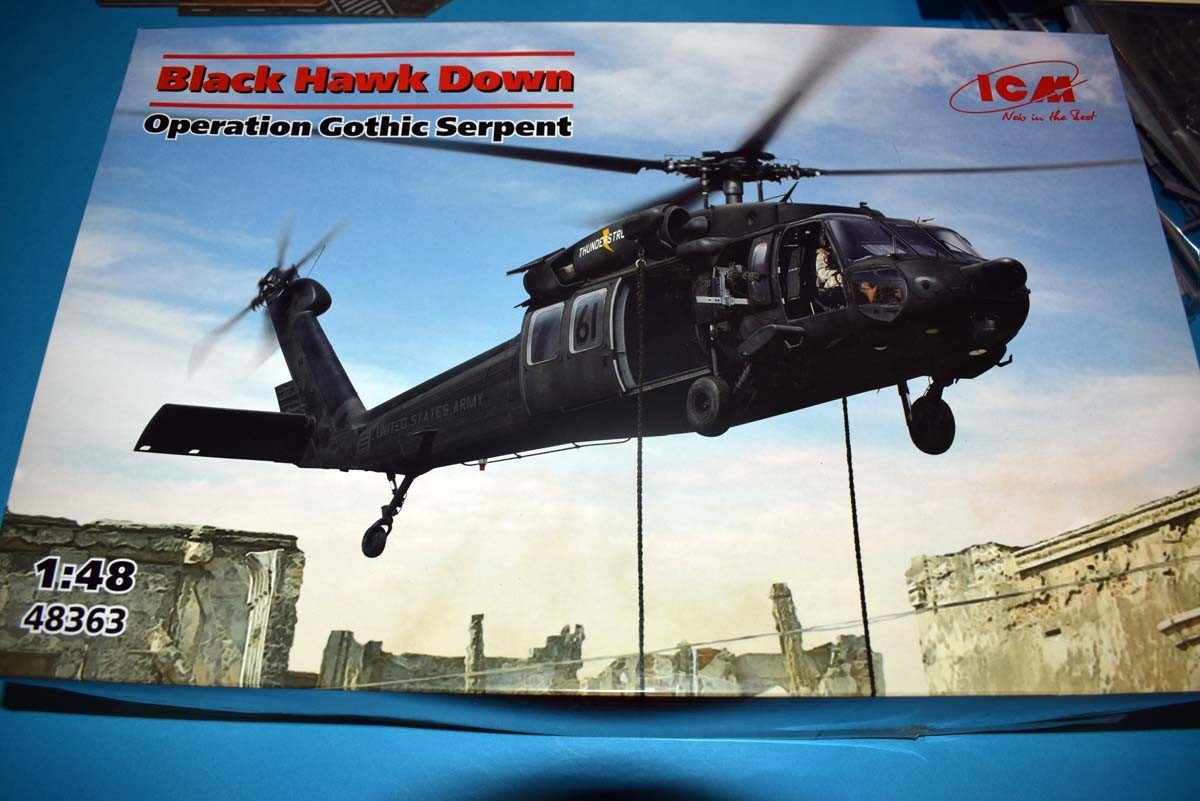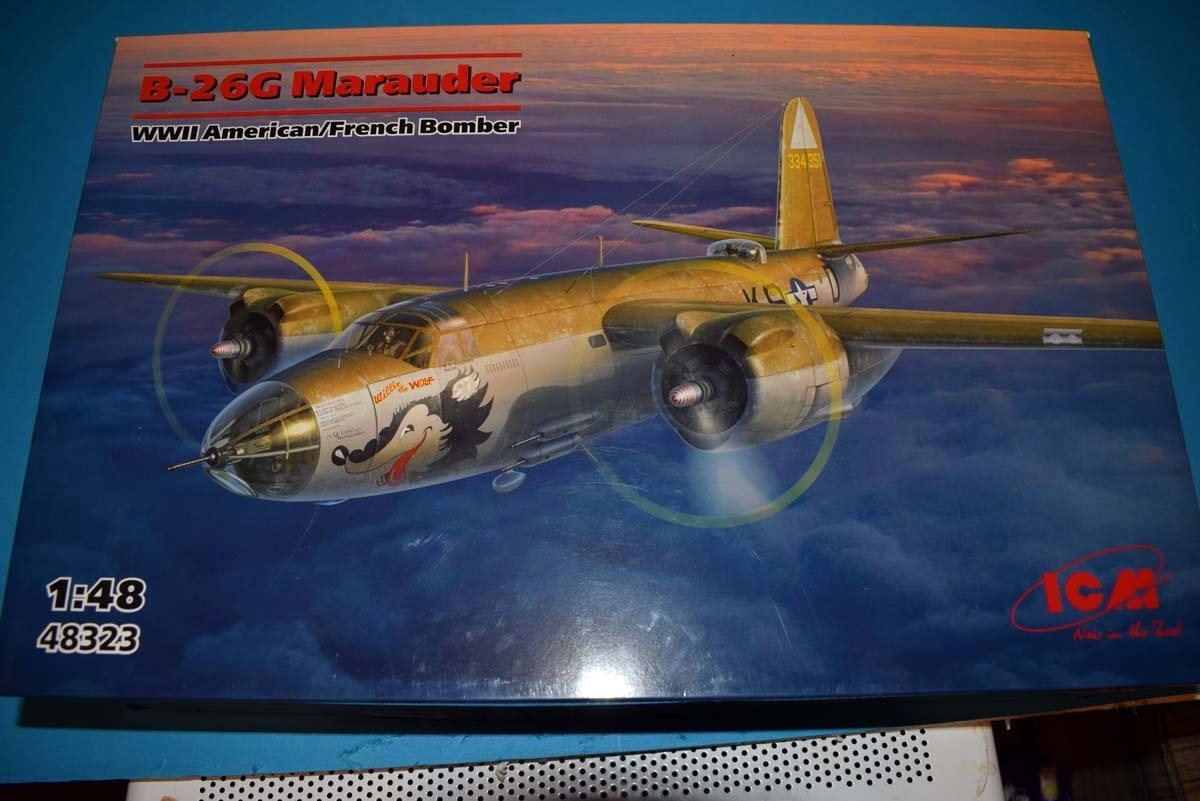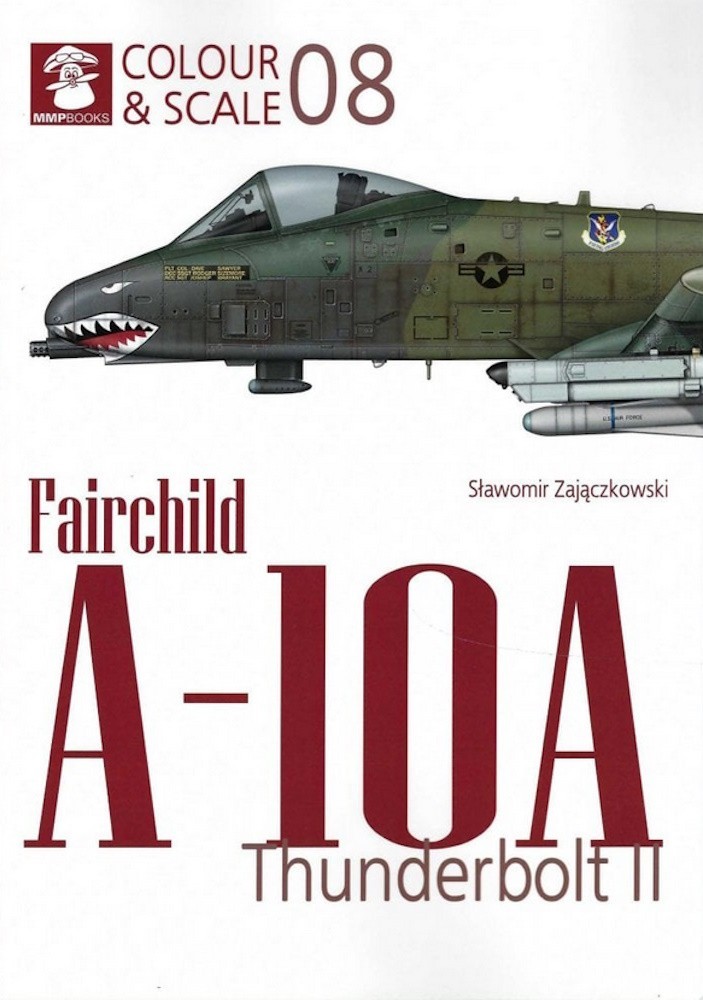
Introduction
Fairchild A-10 Thunderbolt II is a new release from MMPBooks, the eighth book in their series Colour & Scale. This 16-page book is Illustrated by Dariusz Karnas and Slawomir Zajaczkowski, and authored by Mr. Zajaczkowski. It is a paperback of 8.2 x 11.8 in, with the IBSN 9788367227797.
The A-10 is one of the iconic warplanes of the Cold War through today. While the United States Air Force was wrestling with sleek multi-role high-tech supersonic "higher faster farther" programs, the threat of massed communist armor surging out of eastern Germany to the English Channel was giving pause to air battle plans. Trying to stop the Red Horde by busting tanks with bombs and rockets from high-speed jets was not as efficient as hoped.
Then somebody came up with the idea that big projectiles milled from depleted uranium could poke holes in Russian armor and a big Gatling-style gun was designed to shoot those rounds. Then, into a world dominated by dart-like airframes with thin swept wings and afterburners, a chunky slab-sided cruciform planform with thick straight wings, an archaic twin-tail, and engines in pods like an airliner was designed to carry that gun. The gun is the 30mm GAU-8, and that aircraft is the A-10 Thunderbolt II, better known by its affectionately derisive nickname - "Warthog." To avoid exposure to anti-aircraft missiles and guns, and to bring that big gun to bear on communist tanks, "Hogs" were envisioned from the start for high maneuverability and to fly low and relatively slow - down in the murderous jaws of hundreds of thousands of AK-47s, machine guns, and light anti-aircraft quick enough to be brought to bear on the tank-killers. Thus, A-10s were also designed with armor and redundant flight controls and systems, and the engines mounted to avoid infra-red seekers and "golden BBs."
A-10 could also truck tons of bombs and rockets and missiles. Despite USAF's higher-faster-farther community thinking nobody would want to fly A-10s, pilots flocked to them. In this age of super-cruise and stealth, there are still many pilots who choose to become "hog drivers."
Content
Fairchild A-10 Thunderbolt II is 16 pages in length and presents no background nor history of the A-10, aside form the captions of the illustrations. It is written in English and Polish. It presents the A-10 via 11 line drawings, and 20 color illustrations. Most illustrations are 1/72 although several look to be about 1/144. The purpose of this publication is reference, the author and illustrators striving to present the hog as precisely as possible, and show off standard and unusual camouflage and markings.
Several of the captions identify the color of the camouflage, with their respective Federal Standard (FS) numbers. All of the color illustrations identity the variant of the A-10, serial number, assigned unit, base and year represented if appropriate, and colors used. Each one identifies the full name and pedigree, i.e., "Fairchild A-10A Thunderbolt II," but for simplicity I will use "A-10". Also, I will not repeat each serial number unless deemed essential of the illustration.
The illustrations of the A-10 are:
Black-and-white line art
1. In-flight, left and right profile.
2. Head-on.
3. Fuselage sans wings and engines, left and right profile.
4. Left and right profiles of A-10s on the ground, with and without canopy open.
5. Planform from above and below; because of the size of the airframe within the format size of the book, one wing is shown in two pieces.
Full Color
(All are single profiles unless noted.)
1. A-10 Thunderbolt II, fifth production example, serial number 31668, Edwards AFB, 1978.
2. Undergoing tests in Alaska, late 1970s.
3, 355th Fighter Wing (355 FW), two-tone gray MASK scheme.
4. 47th Tactical Fighter Squadron (47th TFS), experimental "Flipper" camouflage scheme, Operation Desert Storm.
5-8. Two profiles and top/bottom planforms of A-10A 75-258, 57th TFW, JAWS I, November 1977, wearing experimental four-color "lizard" scheme of spots over overall sand.
9. 57th Tactical Training Wing in "Jawa" [sic] experimental four-color scheme of spots over overall olive, JAWS II, 1977, and a tactical badge.
10. Sandy A-10 with green and brown spots during a JAWS exercise.
11-14. Left and right profiles, and top/bottom planforms of 23rd TFW, Operation Desert Storm, European camouflage, and two tactical badges.
15. "Chopper Popper", A-10 of 706th TFS, Operation Desert Storm, with close-up of helicopter-killer nose art.
16. 706th TFS with nose art, Operation Desert Storm.
17-20. Left & right profiles, top & bottom planforms of 18th TFS A-10 in snow camouflage in Alaska, 1982.
All of the illustrations are of the full aircraft. Some of the following samples have been cropped.
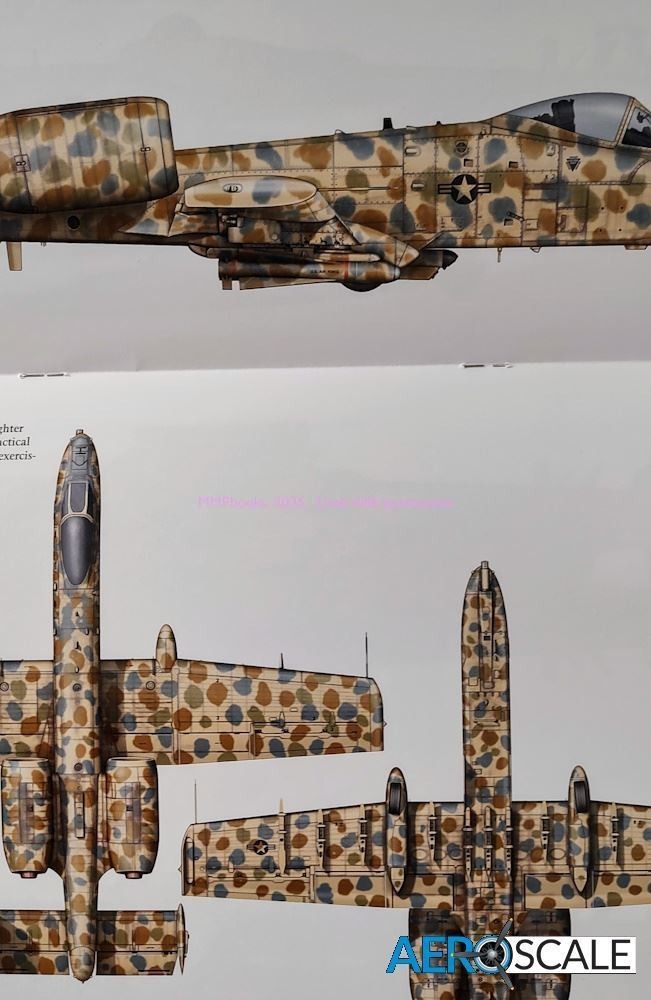
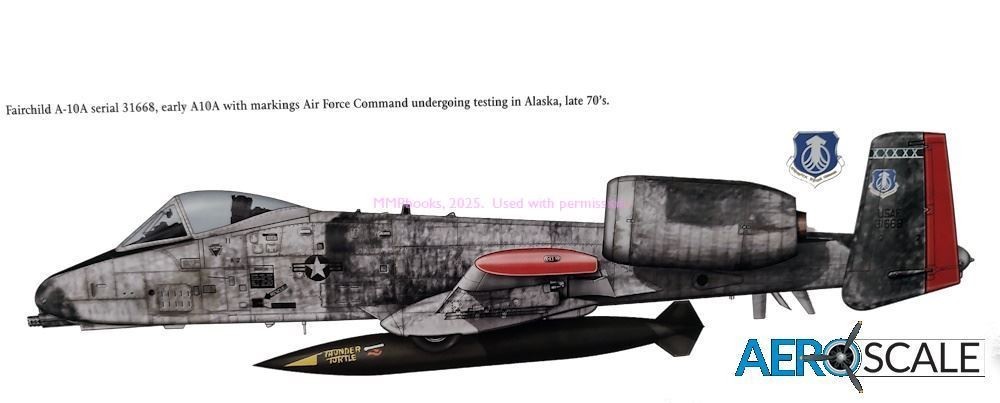
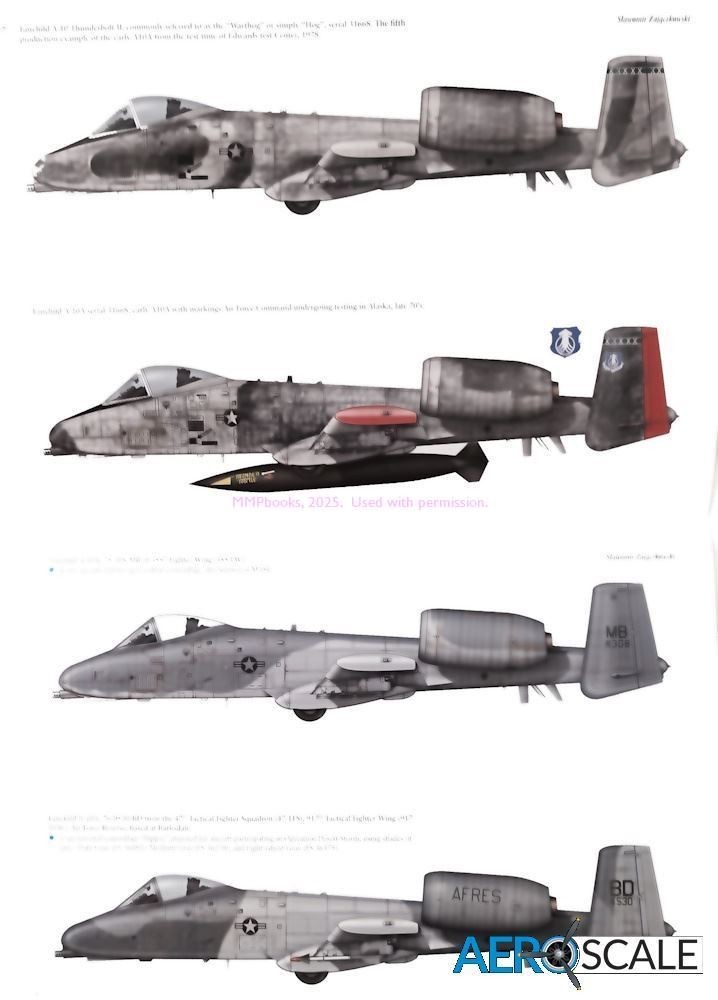
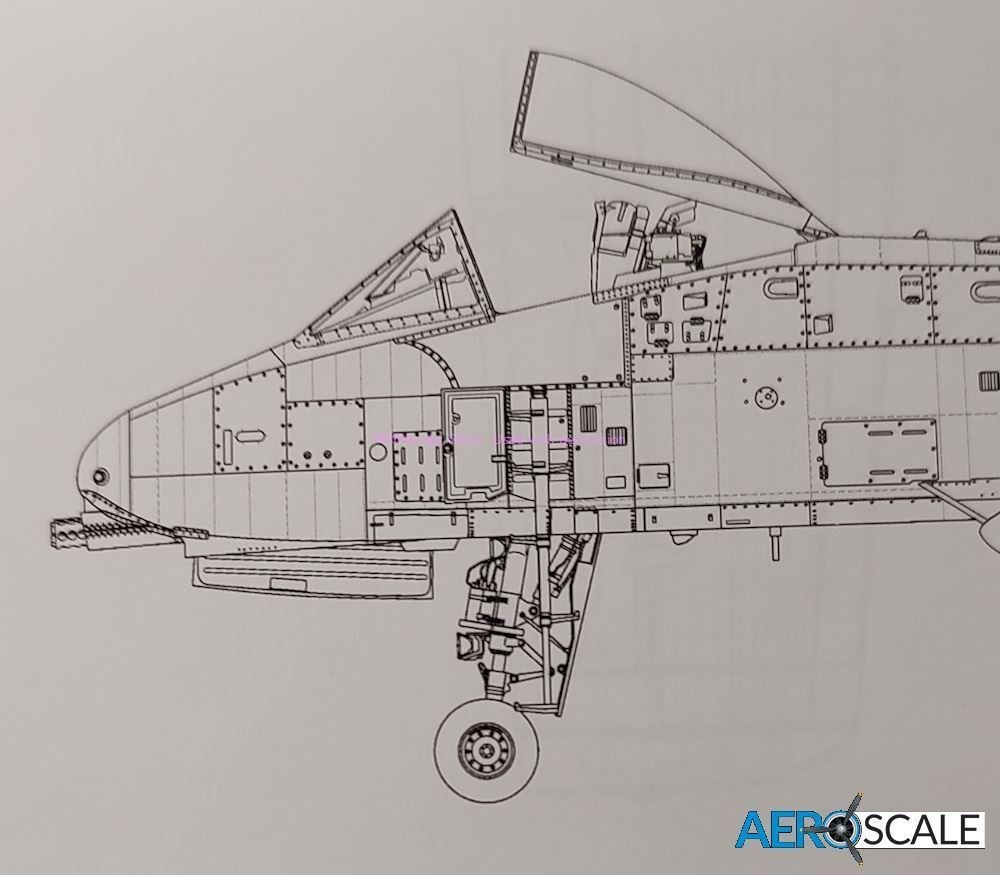

Conclusion
MMP Books have created another gift for Hog enthusiasts. Modelers should appreciate the detailed, crisp line art, and beautiful color illustrations. The captions are interesting although there are some typos, but none that should upset the understanding of anyone remotely familiar with the subject.
I am planning to build a couple of A-10s soon and this book gives me several appealing camouflage choices to choose from. I will use this reference to note the accuracy of kit panel lines and surface detail as I assemble the kits.
Overall, I believe modelers and fans of the A-10 who seek only a visual depiction of the Thunderbolt II will be please with this publication. Recommended.
Thanks to Casemate Publishing for providing this look at this book. Please remember to mention to Casemate, MMP Books, and retailers that you saw this review here - on Aeroscale.










